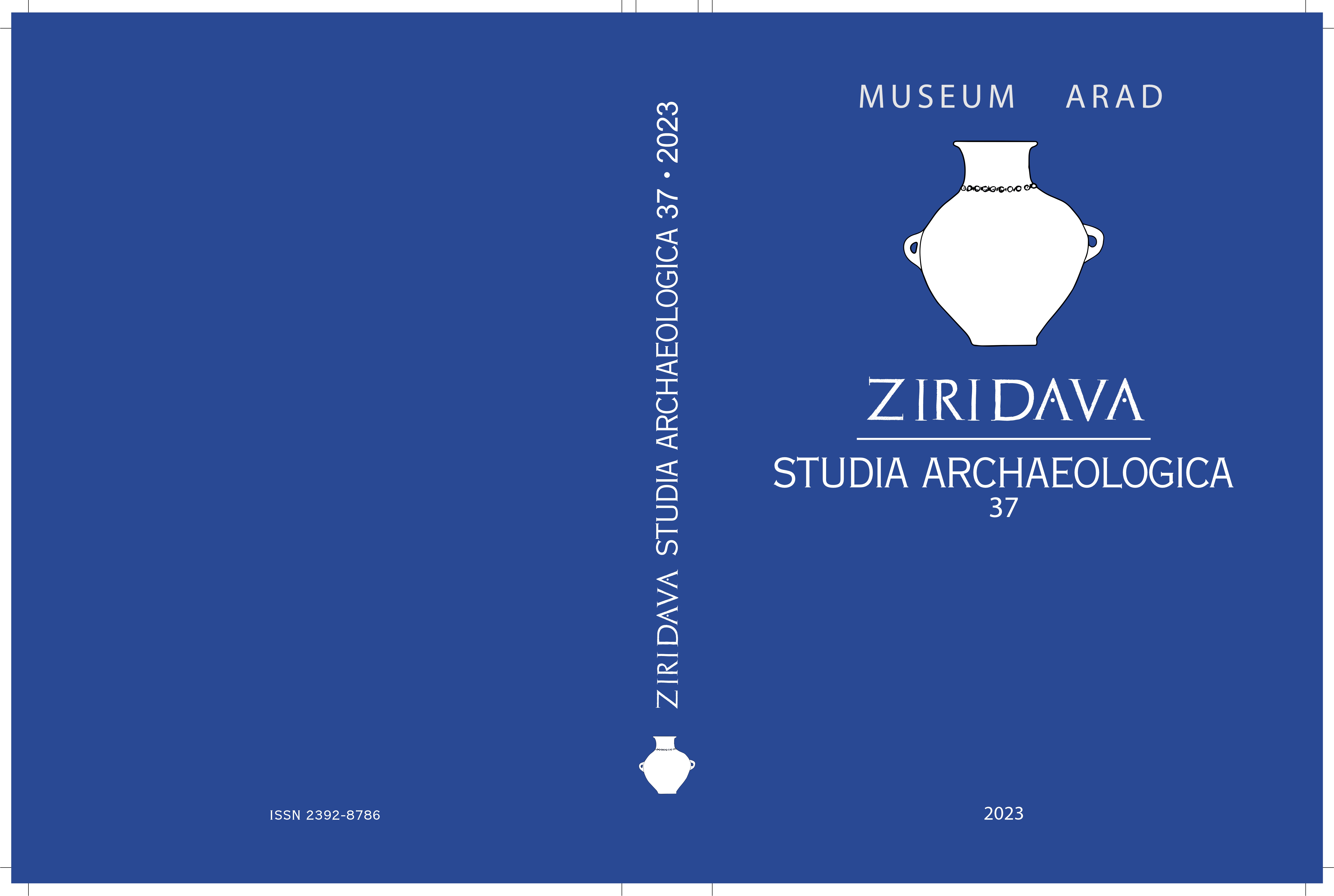Securi plate cu margini ridicate în morminte tumulare
preistorice cercetate în nordul Munteniei
(date arheologice și investigații științifice)
Flat edged axes in burial mounds
excavated in northern Muntenia
(archaeological data and scientific investigations)
Author(s): Alin Frînculeasa, Octav Negrea, Bianca Preda-Bălănică, Daniel Garvăn, Andrei Soficaru, Angela Simalcsik, Daniela Cristea-Stan, Cristian Mănăilescu, Gabriela SavaSubject(s): Archaeology
Published by: Editura Mega Print SRL
Keywords: burial mounds; northern Muntenia; fourth millennium BC; copper flanged axes;
Summary/Abstract: Archaeological research that focused on prehistoric burial mounds in the southwestern area of Prahova County revealed the presence of a human group with funeral behaviour specific to this area. Several peculiarities are unique to the north of the Lower Danube. Placed in time in the last third of the 4th millennium BC, this group precedes the appearance of the Yamnaya funerary phenomenon in this space. Grave goods include pottery, ornaments (silver, copper, bone, shell, and clay), weapons (copper and stone), tools (copper, bone, and flint), and ochre. The diversity and richness of the artefacts present in these burials contrast with the austerity of Yamnaya grave goods. In this article, we aim to publish several graves attributed to this chronological episode in which flanged axes were deposited. Discovered in three mound burials researched in the Prahova area (Ploiești, Păulești, Aricești), these graves are singular in the entire prehistoric funerary context of burial mounds from the north of the Lower Danube. Archaeological information is supplemented with the results of scientific investigations that help evaluate the chronological and social position of these graves within the tumular burial phenomenon in the west-Pontic area. We also publish a few flanged axes from isolated discoveries in the north of Muntenia, assigned to the same chronological horizon or even more recent. The presence of this type of weapon from the north of the Black Sea to the transalpine space (Italy, Switzerland, France) and south of the Lower Danube (Bulgaria) symbolically marks a warrior elite, in uncertain times, but also transregional connections that cross vast geographical areas and are superimposed on different funerary and socio-economic behaviours.
Journal: Ziridava. Studia Archaeologica
- Issue Year: 37/2023
- Issue No: 1
- Page Range: 7-70
- Page Count: 63
- Language: Romanian

